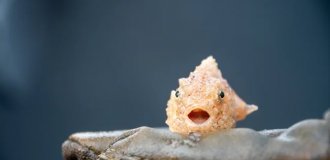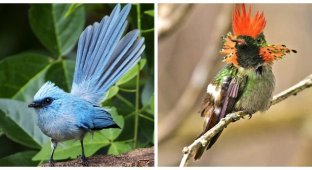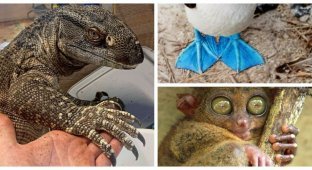This still-extant patch of forest is an important habitat for the amazing and critically endangered monkeys. 
A patch of protected forest in the Brazilian state of Minas Gerais is one of the few remaining habitats of an endangered species of spider monkey called the miriki or muriqui. 
The largest and heaviest monkey living in North and South America is a folivore, that is, it feeds mainly on the leaves and fruits of some trees. The primate's large and incredibly strong tail is used with amazing dexterity and functions as a fifth limb to swing under the rainforest canopy.
The northern muriqui, often referred to as the "hippie monkey", is described as a primate with a highly unusual social ecology that is largely egalitarian. Indeed, cases of serious violence between individuals have never been recorded. Which is very rare among primates. 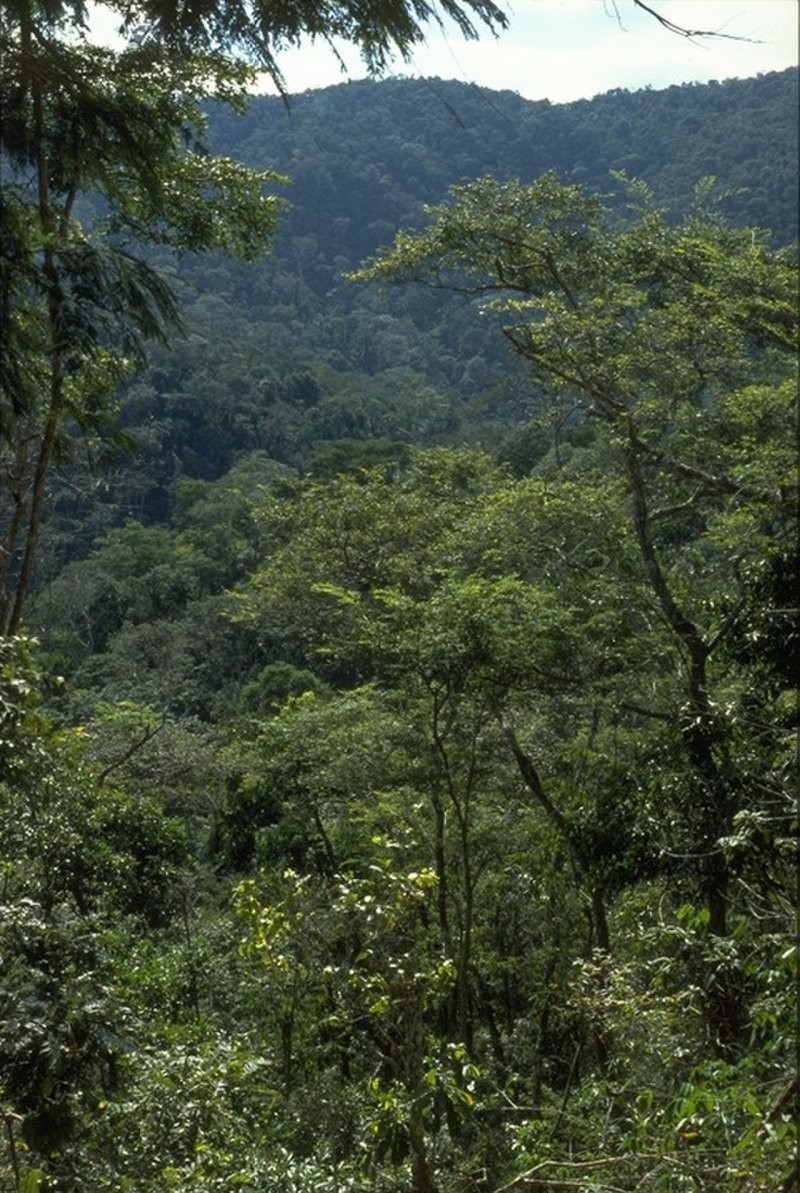
Atlantic Forest of Brazil
The name muriqui comes from the Tupi-Guarani word mur'iki, which means "those who swing in the forest, come and go." In Portuguese, the name of the unusual monkey is mono carvoeira, which means “coal monkey”. The dark pigment of their faces reminded colonial settlers of the sooty faces of coal miners. 
Historically, muriquis were an abundant species in the forest of southeastern Brazil, but their numbers unfortunately declined sharply after the arrival of the Portuguese. Colonists heavily cleared this forest for timber harvesting and mass agricultural development of the land for sugar cane.
Today, only 1,100 of these critically endangered monkeys remain in the states of Minas Gerais, Rio de Janeiro, Bahia and Espirito Santo. They live in scattered populations in forest areas surrounded on all sides by agricultural plantations and pastures for livestock. 
However, the vast majority of the species' population lives within the Feliciano Miguel Abdala Nature Reserve, making this area critical to efforts to conserve the species in the wild. 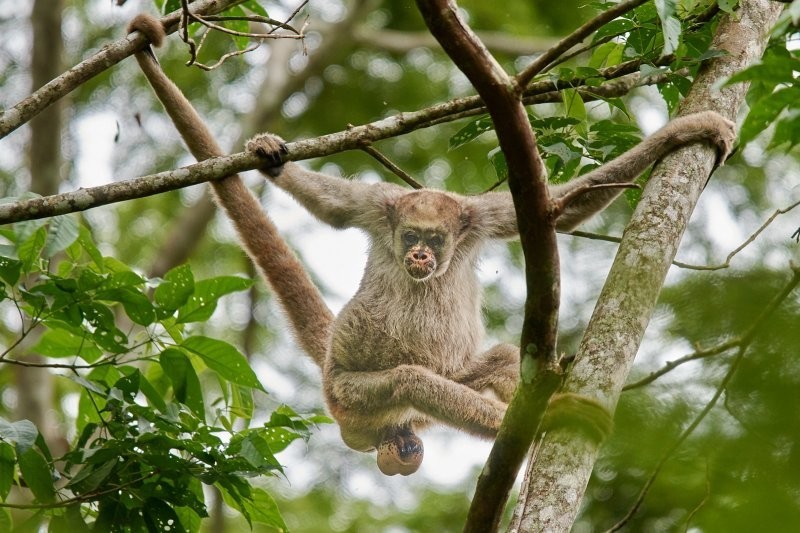
The reserve's muriqui population was saved from extinction in the late 20th century by the protected area's namesake, Feliciano Miguel Abdala, a coffee plantation owner who acquired the land in the 1940s. Abdala was a man ahead of his time and left much of the natural forest cover on his estate because he was very sympathetic to the plight of the Muriki. 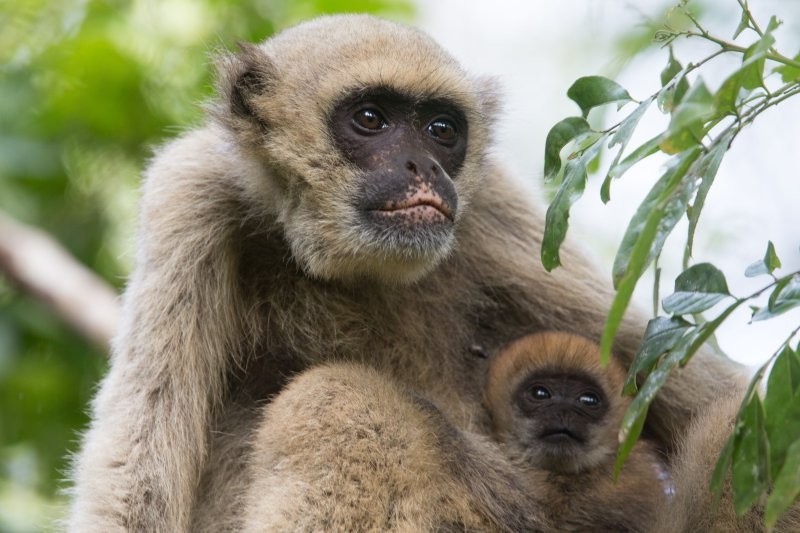
Many scientists came to the reserve to study the life of spider monkeys. Notable among them is Dr. Karen Strier, who has conducted research on this species for almost 40 years. Strier was the first to identify the unique egalitarian social ecology of the species. Her 1992 book, Faces in the Woods, chronicles her experiences studying these animals and her conservation efforts. 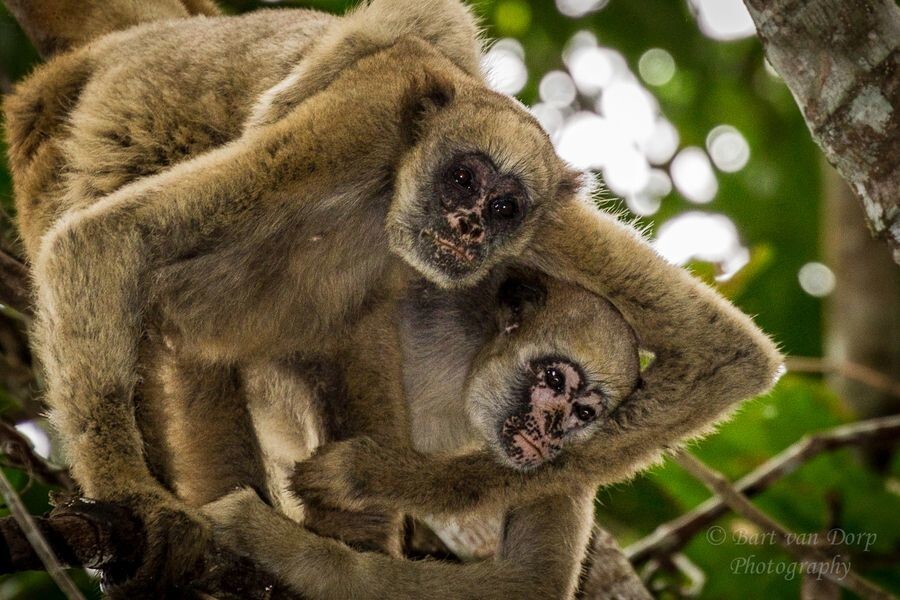
Northern Muriki are not the only notable inhabitants of the reserve. Other rare primates such as the black-horned capuchin, brown howler monkey and the endangered wild-headed marmoset can be seen in this part of the forest.
Add your comment
You might be interested in:


